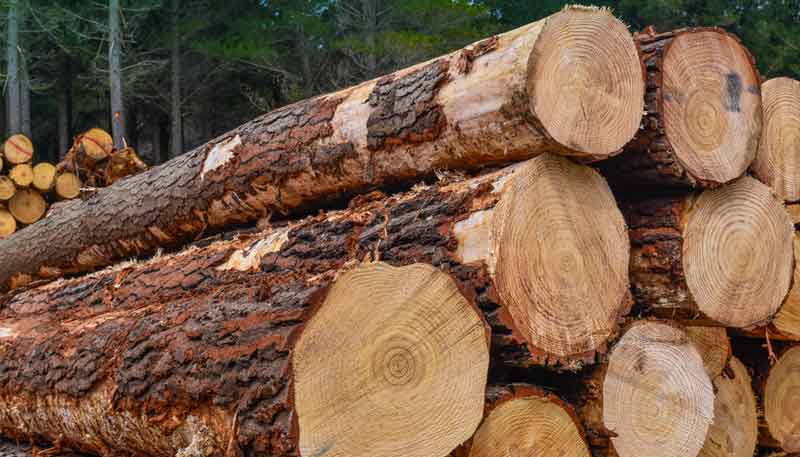2 min read
Big Hike in US Duties on Canadian Lumber Shifts More Weight of Weak Market to Canada
 Audrey Dixon
:
Sep 13, 2024 12:00:00 AM
Audrey Dixon
:
Sep 13, 2024 12:00:00 AM

The US and Canada have had a long-standing trade dispute over softwood lumber. The US government has backed its lumber industry’s view that Canadian imports compete unfairly on the US market because Canadian lumber production is government-subsidized.
At issue is the cost of timber from publicly owned forests—which in British Columbia is most forests—and whether Canadian provincial governments adjust those costs based on lumber market conditions.
On August 13, the US Department of Commerce released the final results of its Fifth Annual Administrative Review concerning the antidumping (AD) and countervailing (CVD) duty orders on Canadian lumber exports to the US. It set a new combined duty rate of 14.54% for most Canadian lumber exports, nearly doubling the previous rate of 8.05%, and will be applied retroactively to exports made in 2022 as well as to new exports of softwood lumber to the US.
Was the Increase in Duties Surprising?
Lumber demand and prices have reached record lows, sparking mill curtailments and permanent closures across the US and Canada.
Data from the Western Wood Products Association (WWPA) shows US lumber production in the first half of 2024 was down by 3.2% year-over-year. Yet despite the market’s challenges, Canadian sawmills increased their softwood lumber production in the year through June by 4.6% year-over-year and exported 3.4% more lumber to the US.
When the North American lumber market hits a slump, US federal government decisions on Canadian lumber duties usually favor US producers. Therefore, the Department of Commerce's August ruling, which confirmed the preliminary results of its review disclosed in February, was not a surprise.
The US Lumber Coalition welcomed the Department of Commerce's announcement in August. The Coalition maintains that, with lumber demand and prices at record lows and mills across the country struggling to keep afloat, “The United States does not need the unfairly traded Canadian lumber imports to supply current levels of home construction.”
The Canadians, obviously, have a different view. Sawmills in Canada’s largest lumber producing province British Columbia are already struggling to stay afloat amid multiple challenges. These include, ironically, a dearth of affordable timber to feed their mills.
If higher duties force more Canadian sawmills to close, it could be hard to meet US lumber demand when the housing market recovers. US homebuilders, the primary consumer of softwood lumber, believe that duties on Canadian lumber raise costs for them and for homebuyers.
Unlock Further Insights
As we navigate this complex landscape, where duty increases intersect with economic conditions and housing market challenges, clear and insightful analysis is crucial for those involved in or affected by these changes.
Our latest Market Insights report, "US Almost Doubles Import Tariffs on Canadian Softwood Lumber as North American Sawmills Struggle with Weak Demand, Record Low Prices", supported by our robust WoodMarket Prices platform, provides a deeper dive into the developments on this front. Download our free report and stay informed about the ever-changing dynamics of the North American forest products market.





